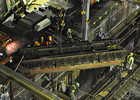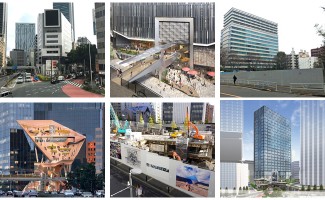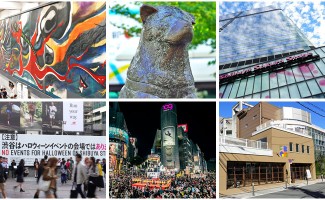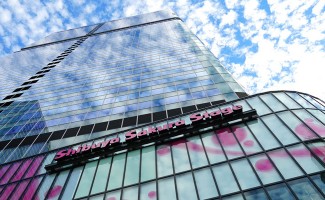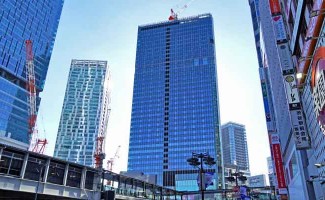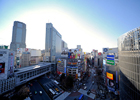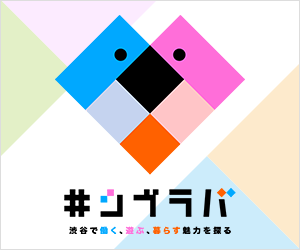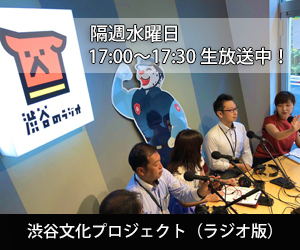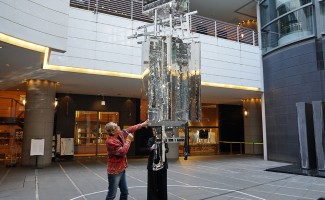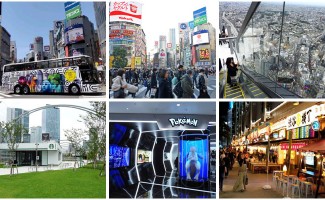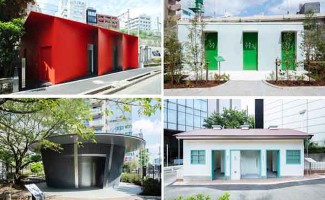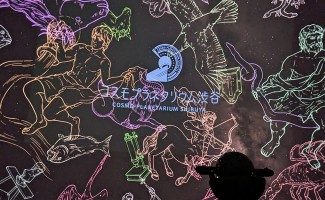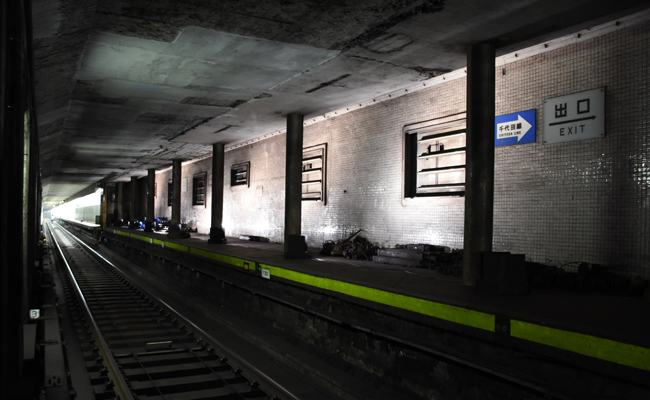
At the 90th anniversary of the subway, the phantom station "Jingumaee station" emerges with light up
Before Christmas, trees and illuminations are beginning to shine in the city. With such a light-filled season coming up, as part of Tokyo Metro's 90th Anniversary Thanksgiving Festival “TOKYO METRO 90 Days FES!”, Tokyo Metro Co.,Ltd. / GINZA LINE from December 1st to December 18th, An event will be held to light up the phantom station "Jingumae Station" which had been used for about 40 years ago.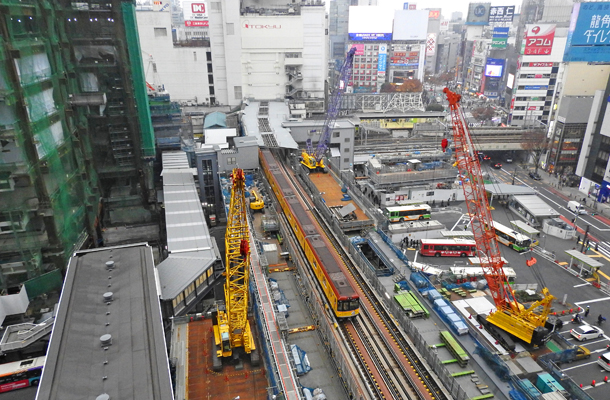 GINZA LINE flies from Shibuya Station where redevelopment work proceeds. Since April 2012, the company operates "Retro Design" vehicles based on the yellow color based on the "1000 train" at the time of opening.
GINZA LINE flies from Shibuya Station where redevelopment work proceeds. Since April 2012, the company operates "Retro Design" vehicles based on the yellow color based on the "1000 train" at the time of opening.
GINZA LINE is Japan's first subway that began operating in 2.2 km between Asakusa and Ueno in 1927 (Showa 2). After that, 5.8km between Ginza and Shinbashi in 1934 (Showa 9) and 6.3km between Shinbashi and Shibuya in 1939 (Showa 14) were connected, and the GINZA LINE connecting today's Asakusa and Shibuya was opened. " GINZA LINE Shibuya-Asakusa Commemorative Ticket" is believed to have been distributed to officials at that time.Than Shibuya Photo Museum(Image provided = TOKYU CORPORATION )
" GINZA LINE Shibuya-Asakusa Commemorative Ticket" is believed to have been distributed to officials at that time.Than Shibuya Photo Museum(Image provided = TOKYU CORPORATION )
For a portrait ticket, "Direct train every half minutes and half", "Fast intersection between Shibuya and Asakusa (30 minutes)" is printed, but although the number of stations has increased, still the morning rush Time departs at 2 minute intervals and the time required between Shibuya and Asakusa is 33 minutes, so it can be seen that the operation conditions have changed almost 80 years ago. It is said that the height of Japanese technology at the time was said to be "Toyo's only subway road".
Jingumae station which is lighted up this time opened as Tokyo high-speed rail "Aoyama Rokomecho Station" in November 1938 (Showa 13). 1934 (Showa 9) In Asakusa and Shibuya opened in September, the whole line was opened, renamed to "Jingumaee station" in November the same year. Following the opening of the Chiyoda Line in 1972, following the completion of "Meiji Jingumae Station", it was renamed to the current "Omotesando station". In addition, in 1976 (Showa 50) year, moved Omotesando station station home to Asakusa about 180 meters. Along with this relocation work, the former home has finished its role as a landing and has been used as a material storage place to date. According to the 90th anniversary of the opening of the subway Thanksgiving, this time it is specially lighted up. The range of the light up is about 30 meters between Shibuya Station on the GINZA LINE and Omotesando Station.
The range of the light up is about 30 meters between Shibuya Station on the GINZA LINE and Omotesando Station.
Together with the phantom station between Shibuya and Omotesando "Jingumae station" during the exhibition, "January bridge station" which was between Suehirocho station and Kanda station from January 1930 to November 1931 will also be lighted up. The train window of the subway is dark and dark and unlike the ground line, it can not be enjoyed the scenery, but during this time one will be looking forward to the commuting time. Please look at the train station of old station which emerges with LED lighting from the car window.
Phantom station light up details
○ Period: Friday, 1 December 2017 (Monday) until the last train on December 18 (Monday)
Yes location:
1. Jingumaee station (about 5 m from Omotesando station between Shibuya and Omotesando)
※ We can see from only the window of GINZA LINE
※神宮前駅の詳細 https://www.tokyometro.jp/ginza/topics/20160930_63.html
2. Banjyo bridge station (about 650 m from Kanda station between Kanda and Suehiro machi)
※ seen only from Asakusa direction side
萬世橋駅の詳細 https://www.tokyometro.jp/ginza/topics/20161226_83.html

Editorial department · Fuji Itakashi
Shibuya registrar. In addition to Shibuya of Culture information, seasonal news and topics, it will spell write that feel every day.
